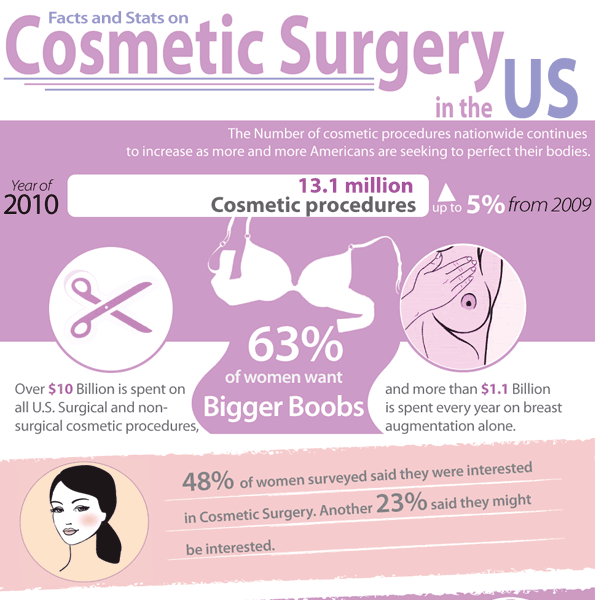Microbiome Skincare For Acne
Microbiome Skincare For Acne
Blog Article
Hormone Acne - What is Hormonal Acne?
Hormonal acne is identified by clogged up pores and oily skin that generally shows up on the chin and jawline. It happens when hormonal changes cause swelling and bacterial overgrowth within hair roots.
Breakouts may appear as whiteheads, blackheads, papules or pustules and cysts or nodules in much more serious situations. It is extra usual in teens going through puberty however can impact grownups of any type of age.
What Creates Hormone Acne?
While acne can be brought on by a selection of factors, including using hair and skin care products that aren't oil-free or made with ingredients that could clog pores, genetic tendency, diet plan,2 and anxiety, the source is changing hormonal agents. Hormone acne takes place when the body experiences hormonal modifications and changes that cause an overflow of sebum, which triggers swelling, boosted development of germs and modifications in skin cell task.
Hormonal acne is typically discovered on the lower jawline, cheeks and neck however can appear anywhere on the body. It is characterized by blemishes that are cystic, agonizing and full of pus or various other material. It is likewise most likely to happen in women than men, especially throughout the age of puberty, the menstruation, maternity or menopause.
Age
While lots of youngsters experience acne eventually during puberty, it can continue to plague grownups well right into their adult years. Referred to as hormonal acne, this form of breakout is linked to variations in hormonal agents and is usually most typical in women.
Hormonal acne takes place when oil glands generate excessive sebum, which blocks pores and traps dead skin cells. This leads to the formation of imperfections, such as whiteheads, blackheads and papules, pustules, cysts or blemishes, deep under the surface area.
This kind of acne often causes discomfort, soreness and inflammation. It may additionally be intermittent and show up around the exact same time each month, such as right prior to your duration starts. This is because degrees of women hormones like progesterone and oestrogen vary with each menstrual cycle.
Menstruation
Hormone acne usually appears in the lower part of your face, along the jawline and cheeks, as whiteheads, blackheads or inflammatory acnes (acnes and cysts). It's probably to appear around the moment when your menstruation changes.
Especially around ovulation, when estrogen and progesterone degrees get on the increase, hormone variations can trigger breakouts. Yet it's additionally possible to get acne at any kind of factor during your 28-day menstruation.
If you observe that your hormonal acne flares up right prior to your duration, try noticing when specifically this occurs and see if it associates with the phases of your 28-day menstruation. This will certainly help you determine the source of your skin troubles. As an example, you might wish to work on stabilizing your blood glucose and cutting out high-sugar foods, or take into consideration a prescription medicine like spironolactone that can control your hormonal agents.
Maternity
Growing a baby is a time of significant hormone changes. For many females, this includes a flare-up of hormonal acne. This kind of breakout typically starts in the first trimester, around week 6. It's triggered by hormone rises that stimulate sweat glands to make even more oil, which can clog pores and cause more bacteria to build up.
Outbreaks might additionally happen as a result of pre-existing conditions like polycystic ovary disorder, which can also be a concern during pregnancy and menopause. Additionally, some kinds of birth control pills (such as Ortho Tri-Cyclen and YAZ) can set off hormone acne in some ladies.
Fortunately, the majority of acne therapies are here "no-go" for pregnant ladies (including preferred acne-fighting components such as isotretinoin and spironolactone). Yet if you can't stay clear of those bothersome bumps, your medical professional may suggest dental erythromycin or cephalexin, which are safe while pregnant.
Menopause
As ladies come close to menopause, the estrogen levels that created their hormone acne to flare up throughout adolescence start to stabilize and reduce. At the same time, however, a spike in androgens (likewise called male hormones) takes place since these hormonal agents can't be exchanged estrogen as effectively as previously.
The unwanted of androgens can set off oil manufacturing by the sebaceous glands, which obstructs pores. When the clogged pores ended up being swollen and inflamed, an acne forms.
Hormone acne is typically seen on the face, especially around the chin and jawline, yet it can occur on the neck, back, shoulders, or breast. This sort of acne tends to flare up in an intermittent pattern, similar to the menstrual cycle. Stress and anxiety, which enhances cortisol and tosses hormonal agents out of balance, likewise adds to the breakouts.